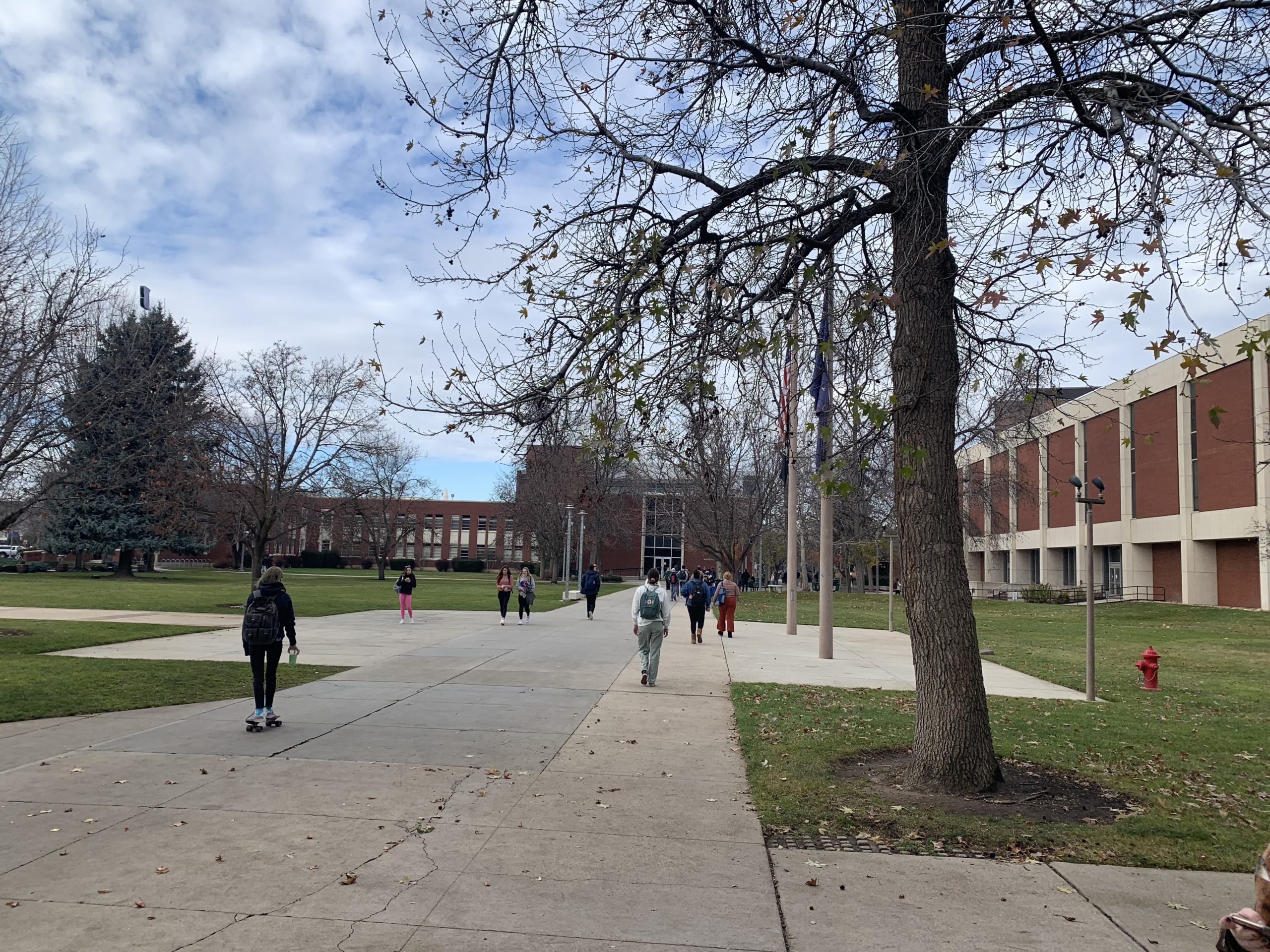
From Wednesday: The face of Idaho college enrollment is changing — this year, and likely for years to come. More reading: This week’s stories are a followup to “Missing Students,” an in-depth series from June, examining higher education enrollment during the pandemic.
Beyond this state’s borders, more and more students and parents are finding value in Idaho’s colleges and universities.
The same can’t always be said for Idaho families. Or Idaho legislators.
Many Idaho high school students and parents remain unconvinced that a college education is worth the money or the time. A year ago, only 38% of Idaho high school graduates went straight to college, a sharp decline in the midst of the pandemic. The 2021 numbers aren’t expected to change much.
Meanwhile, lawmakers have their own breed of skepticism: centered on campus programs they consider a leftist affront to traditional Idaho values. This spring, they cut $2.5 million from higher education budgets, in an attempt to zero out campus social justice programs.
Higher education is losing the debate at many of Idaho’s kitchen tables, and in the halls of the Statehouse. Yet Idaho colleges and universities continue to draw students from out of state, in increasing and unprecedented numbers. One significant milestone: a majority of Boise State University’s first-year students came from outside Idaho, for the first time in the university’s 89-year history.
Nothing that happens in higher education occurs in a political vacuum. Certainly not in 2021. The state’s enrollment evolution is steeped with political ramifications. Ultimately, that could affect the way Idaho’s elected officials view an embattled higher education system, and where they decide to spent taxpayer dollars.
What it means for students — especially Idaho students
First and foremost, this isn’t a zero-sum game.
Out-of-state students aren’t squeezing out Idaho students. There’s a place on an Idaho campus for any in-state high school senior with the grades, the money and the inclination. “It’s not like they’re getting turned away,” State Board of Education executive director Matt Freeman said.
While Idaho universities are actively recruiting out-of-state admissions, administrators are mindful of the mix, and their missions.
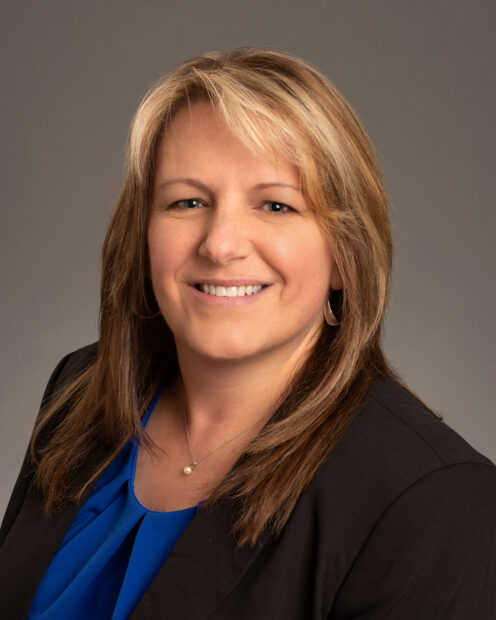
“Ultimately, our goal is that our demographics at Boise State will represent those of the state,” said Kris Collins, Boise State’s associate vice president for enrollment services. Boise State’s out-of-state enrollment grew by 9.1% this fall, but Collins also says the university saw gains with several in-state demographics: Latino students, first-generation students, rural students and students who qualify for federal Pell grants.
But by the same token, university officials tout the value in bringing in students from beyond Idaho. They believe it helps in-state and out-of-state graduates alike, as they prepare to compete in a multicultural, global society. Diversity has become a loaded word in the debate over campus politics, but to Edward Whipple, Boise State’s interim vice president for student affairs and enrollment management, providing diversity of thought is a cornerstone of the teaching process.
“We have an obligation to do that as educators,” he said. “That’s the fun part of the job.”
More out-of-state students means more revenue
There’s no ignoring the bottom line.
Out-of-state students aren’t merely filling spaces in classrooms and residence halls — spots that would otherwise go vacant. They are helping to fill college and university coffers.
The out-of-state students and their parents pay more than their in-state counterparts. Even under the Western Undergraduate Exchange, a 16-state cooperative designed to hold down tuition prices, nonresidents pay 150% of the in-state cost.
Tuition revenues are vital to Idaho’s public institutions — because, for decades, governors and legislators have put a dwindling slice of the state’s budget into higher education. In 2020-21, the state’s four-year schools received $299.8 million in tax dollars, while collecting $302.4 million in tuition and fees (from in-state and out-of-state students combined).
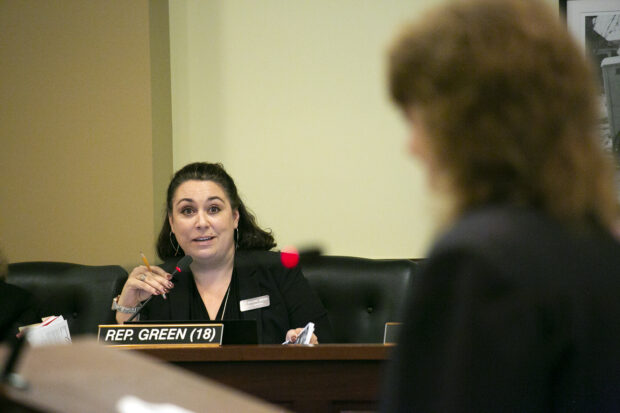
The financial implications of the enrollment shift aren’t lost on Rep. Brooke Green, D-Boise, a member of the budget-writing Joint Finance-Appropriations Committee. She notes that her legislative colleagues are continually pushing the colleges and universities to hold the line on spending.
“One of those ways to offset that would be to actively recruit from out of state,” she said.
But as the colleges attract more students from outside the state — collecting increased revenues in the process — will this affect how much tax money the 2022 Legislature puts into higher education? It’s too soon to know.
The next looming budget debate
Regardless, another higher education budget fight is inevitable.
This spring’s showdown didn’t have anything to do with enrollment demographics, per se. Instead, conservative lawmakers sought to punish the universities and defund for what they consider a growing social justice agenda.
This year’s one-time cuts won’t be enough to satisfy critics. The Idaho Freedom Foundation — a conservative think tank with a considerable number of hardline legislative allies — has pegged the cost of social justice programs at $20 million, and is pushing for another round of cuts.
The cost-cutting campaign isn’t directly related to enrollment, but the issues do overlap. University officials have maintained that the programs decried as “social justice” are geared toward supporting students — especially at-risk students who can often struggle to succeed on campus.
And, said Whipple, colleges and universities need to support a diverse student body, including their students from out-of-state. “Their expectations are different.”
Other budget decisions — on scholarships and dual credit
Rep. Wendy Horman isn’t too concerned about an influx of out-of-staters, when she considers higher education enrollment trends.
But the Idaho Falls Republican is concerned about sputtering in-state enrollment — even as the state continues a multimillion-dollar push to boost the state’s bleak go-on numbers. The big-ticket programs: Idaho’s advanced opportunities program, which covers the cost of dual-credit courses; and the Opportunity Scholarship, largely a need-based program for Idahoans who stay in state for college. This year, the state is putting $29.7 million into advanced opportunities and more than $22.2 million of general fund tax money into State Board scholarship and grant programs.
There’s certainly the money for both programs, since the state is sitting on a record-smashing $1.6 billion surplus. But if Idaho’s college enrollment rates are still low, despite this injection of money into dual credit and college scholarships, will lawmakers think twice about supporting these programs?
The budget bill containing Opportunity Scholarship money passed the Legislature comfortably in 2021, and the State Board has hard evidence on its side: research that draws a statistical link between the scholarships and college attendance. But after years of watching the advanced opportunities program grow — and covering the cost for students’ dual-credit courses, after the fact — some lawmakers want to take a closer look at the program.
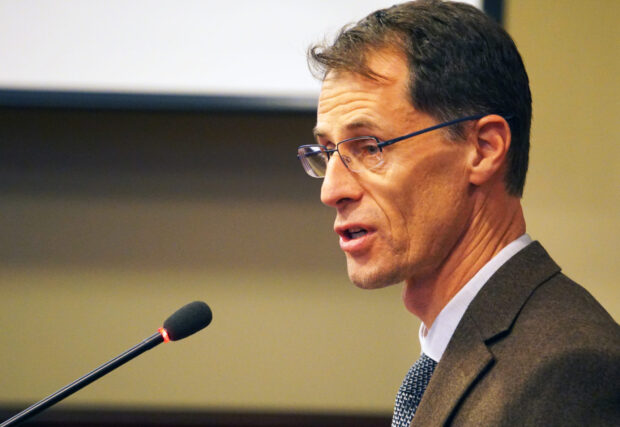
“I do have a concern about the advanced opportunities program,” Freeman said. “(Lawmakers) understand that it’s a program without any real sideboards.”
Sen. Dave Lent, R-Idaho Falls, is working on a bill that could establish some sideboards. He’s working on the wording, but he wants to draft a bill that would better align the dual-credit classes students take with the career plans that students begin crafting in ninth grade. “We need to do a better job in Idaho of making the connection between education and career.”
Meanwhile, Horman says the program is doing what it was intended to do. She cites a recent report to budget-writers, written by the Western Interstate Commission for Higher Education. WICHE’s researchers noted that the program is generating “substantial” savings for Idaho K-12 students. These students, in turn, are more likely to go on to college, and are more likely to earn a GPA of 3.0 or higher in their first semester of college.
“Without these programs, our (in-state enrollment) numbers might be worse,” Horman said.
‘We’re going to win Idaho’
As the face of Idaho’s college enrollment changes — to a cohort that looks slightly less like the state itself — the tenor of the national higher education discussion is changing as well.
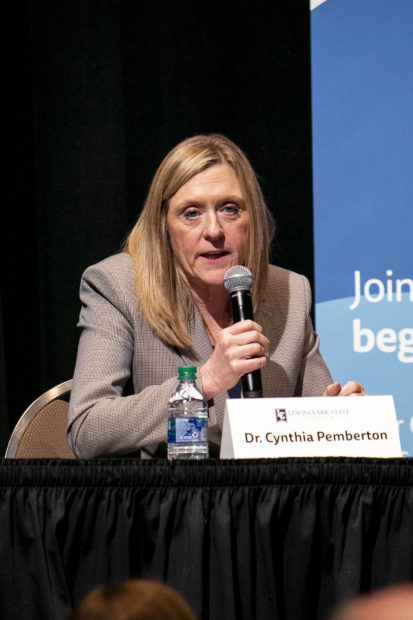
Driven by backlash over critical race theory, higher education has become a hot-button issue. This year’s Statehouse debate over higher education spending fits neatly within that framework.
Lewis-Clark State College President Cynthia Pemberton is worried. She and her colleagues already face skepticism in many Idaho households — as they try to sell higher education as an affordable life choice, an investment with lifelong value.
“As long as we … broadly, as a people, propagate punishing narratives that downgrade that value, well, higher ed’s going to struggle,” Pemberton said recently. “Ultimately, people are going to struggle. And the towns and the cities and the states and the communities are going to struggle.”
Recruiting out-of-state students comes with some political risk, especially in the middle of a polarizing debate over higher education. To Collins, that’s one more reason to do what Idaho colleges and universities should be doing in the first place: attracting and supporting Idaho students. While aware of the political ramifications, she remains optimistic.
“I think we’re going to get Idaho students here,” she said. “We’re going to win Idaho. It’s just going to be a long, hard battle.”
From Wednesday: The face of Idaho college enrollment is changing — this year, and likely for years to come.
More reading: This week’s stories are a followup to “Missing Students,” an in-depth series from June, examining higher education enrollment during the pandemic. Supported by an Education Writers Association fellowship, Idaho Education News talked to students and college administrators about their experiences.
